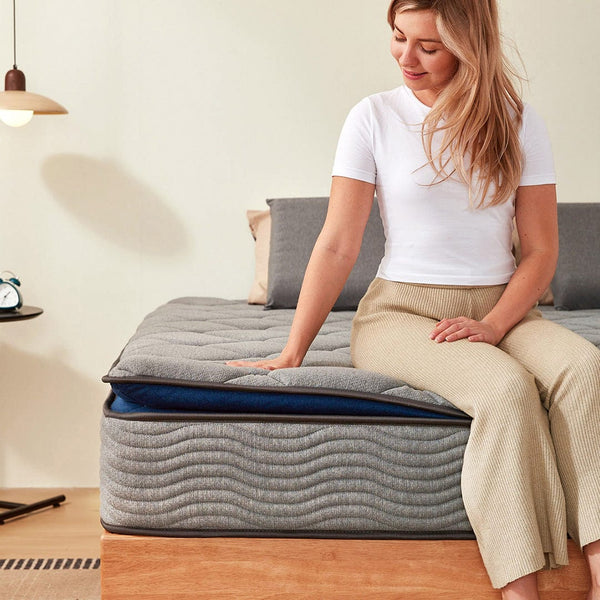When choosing a tatami mattress, several factors affecting comfort and practicality need to be considered. Here are the key points I consider when selecting a tatami mattress, for reference only:
Size
Choose the appropriate tatami mattress size based on your room size and personal needs. Ensure there's enough space to lay out the mattress. Also, consider storage space after rolling or folding it, to put it away when not in use. If you're sleeping alone, a single or double mattress will suffice. For couples, a double or king-size tatami mattress is usually the best choice.
Thickness
Tatami mattresses vary in thickness, typically from 3 inches to 6 inches. Thicker mattresses offer better support and cushioning, but if you prefer a firmer surface, a thinner mattress may be more suitable, and it's also easier to store and carry. For those seeking a balance of comfort and support, a medium-thickness mattress may be ideal.
Material
Tatami mattresses come in various materials, commonly including foam, cotton, and latex. Each material has its unique advantages, so you need to weigh them against your own needs when choosing. Foam and latex mattresses are widely popular for their comfort, while cotton mattresses are favored for their breathability and natural properties.
When choosing mattress material, you can make decisions based on your sensitivity to allergens, whether you prefer natural materials, or if you need a hypoallergenic surface. Selecting the right material can significantly enhance comfort and sleep quality.
Price
Tatami mattresses are usually priced lower than traditional mattresses, and the price varies depending on size, material, and brand. For cost-effectiveness, if the price of a tatami mattress is not significantly different from a traditional hybrid mattress, then it's recommended to choose the more cost-effective hybrid mattress.

























